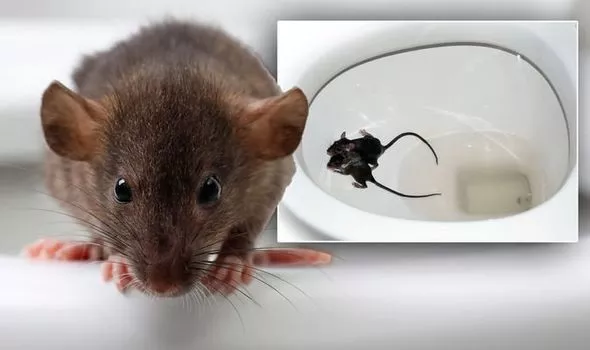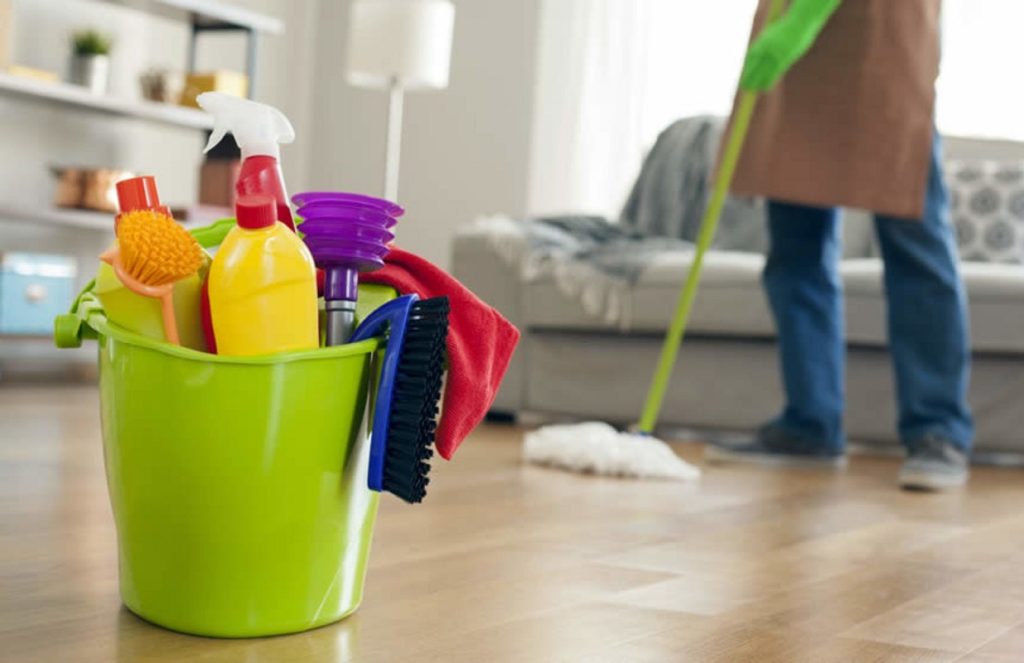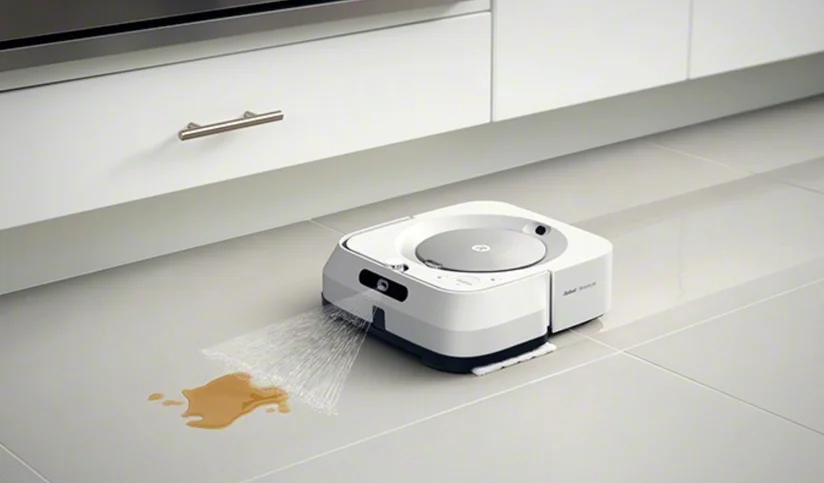Discovering a rat in your toilet bowl can be a distressing experience, often prompting emergency calls to plumbers, particularly during seasonal rainfall or when sewer systems are flooded. This occurrence is frequently attributed to rats swimming up drains, facilitated by broken or collapsed pipes. To avoid such situations, it’s essential to implement prevention techniques.
Immediate Response: Can You Flush a Rat Down the Toilet?
Yes, you can flush a rat down the toilet as a temporary solution. However, this method doesn’t guarantee a permanent resolution. After closing the lid and placing a heavy object on it, flush the toilet until the water stops. Wait and listen for any signs of the rat, repeating the process if necessary. While flushing sends the rat into the sewage line, it doesn’t prevent reentry.
Flushing alone may not be foolproof, as rats can swim for up to three days without issue. If flushing doesn’t work, some suggest using bleach, but this method is not humane. Instead, it’s recommended to secure the lid and call a plumber who can safely remove the rat using a snare.
But how do rats enter your drainage system, in the first place?
Rats in drains is a common site in the UK. Being resourceful creatures, rats can find their way into drains through a variety of ways that are often related to vulnerabilities in our drainage systems. Here’s a more natural and humane way to describe how they might enter:
1. Paths Through Broken or Collapsed Pipes:
When our pipes are worn or damaged, rats might discover these openings as pathways into our drains. It’s like an unintended welcome mat for them.
2. Finding Openings in Drains:
Rats are quite skilled at climbing, and if there are any openings or gaps in our drainage system—like vents, roof drains, or other exposed areas—they may decide to explore and venture into our drains.
3. Seeking Refuge During Flooding:
In times of heavy rains or flooding, sewer systems can become waterlogged. Rats, being natural swimmers, might navigate these flooded systems, inadvertently ending up in drains while seeking safety or food.
4. Navigating Connected Sewer Lines:
Rats are adept at moving through interconnected sewer lines, using them as convenient highways. If there are openings or junctions that aren’t sealed properly, rats might take advantage of these routes.
5. Climbing Through Ventilation Pipes:
Vent pipes are designed to release sewer gases, but they can also serve as climbing routes for rats. If these pipes aren’t adequately protected or sealed, rats may climb up and explore the drain system.
6. Squeezing Through Damaged Drain Covers:
Damaged drain covers or grates can create openings for rats to slip through. It’s like an open door, inviting them to enter. Regular checks and maintenance of these covers can prevent such entries.
7. Exploring Faulty Seals and Joints:
Rats may discover weaknesses in our drainage system, such as damaged seals and joints. When these are not properly maintained, rats might exploit these vulnerabilities to access drains in search of shelter or food.
To create a more rat-resistant environment, homeowners can focus on maintaining a well-kept drainage system, repairing damaged areas promptly, and adopting protective measures like installing rat blockers. These actions not only safeguard against rat infestations but also contribute to a more harmonious coexistence with nature.
Preventing Rodent Entry in Drains?
Prevention is key to avoiding rat-related issues. Installing rat blockers in drain pipes is a revolutionary method. These devices, made of gnaw-resistant steel with a one-way flap, effectively stop rats from entering drains.
Rat blockers are designed to prevent rats from entering the sewage system through drains, including those connected to toilets. Here’s how rat blockers work to stop rats from coming up the drain and into toilets:
1. One-Way Flap Mechanism:
Rat blockers typically feature a one-way flap mechanism. This mechanism allows wastewater and sewage to flow out freely, but it prevents rats from moving in the opposite direction. The flap opens when water is flowing down the drain but closes when there is no water movement, acting as a barrier to upward movement.
2. Gnaw-Resistant Construction:
Rat blockers are constructed using materials that are resistant to gnawing. Rats are known for their ability to chew through various materials, but rat blockers are designed to withstand their efforts. This gnaw-resistant construction ensures the durability and effectiveness of the device over time.
3. Installation in Drain Pipes:
Rat blockers are installed within the drain pipes, often close to the entry points where rats may attempt to access the sewage system. The installation is strategically positioned to create a physical barrier that prevents rats from swimming up the drain and reaching toilets.
4. Permanent Prevention:
Once installed, rat blockers provide a permanent solution for rat prevention. They create a reliable and continuous barrier, reducing the risk of rat infestations through the drainage system. This permanence is essential for long-term protection against rat-related issues.
5. Proactive Defense:
Rat blockers serve as a proactive defense mechanism, blocking potential entry points before rats can reach toilets. This prevents the need for reactive measures, such as flushing rats away, and contributes to a more comprehensive and humane approach to pest control.
Advantages of Rat Blockers for Drains:
- Permanent Rat Prevention:
Rat blockers establish a lasting defense against rat intrusions into drains, ensuring a continuous and effective barrier to keep rodents out of the sewage system.
- Simple to Use:
These devices are user-friendly, with straightforward installation processes. Their uncomplicated design makes them accessible for homeowners without complex maintenance requirements.
- Affordability:
Rat blockers offer a cost-effective solution compared to the potential expenses associated with rat-related damage. Investing in these devices can result in long-term savings and reduced reliance on expensive pest control measures.
- Gnaw-Resistant:
Constructed from materials, often gnaw-resistant steel, rat blockers are designed to withstand the persistent efforts of rodents attempting to chew through. This durability ensures the continued effectiveness of the blocker.
- Low Maintenance:
Once installed, rat blockers typically require minimal maintenance. Their sturdy construction reduces the need for frequent inspections or replacements, providing homeowners with a convenient and efficient preventive solution.
6. Humane and Eco-Friendly:
In contrast to some inhumane methods of pest control, such as the use of toxic substances, rat blockers offer a humane and eco-friendly approach. They prevent rat entry without causing harm to the animals or introducing environmental hazards.
Understanding these advantages empowers homeowners to make informed decisions to safeguard their drainage systems and living spaces from the potential challenges associated with rat infestations.
Conclusion:
Rats can be seen as problematic due to their ability to live close to human spaces and reproduce quickly. Their frequent presence near homes or businesses can lead to conflicts. Rats have strong teeth and a habit of gnawing on things to keep their teeth from growing too long. Unfortunately, this can result in damage to buildings, furniture, and even electrical wiring. Their preference for being active at night can also create discomfort and fear for people who encounter them during those hours. Additionally, some rats can carry diseases that may be transmitted to humans, either directly or through contaminated surfaces.
Despite these challenges, it’s important to approach the issue with an understanding of the rats’ natural behaviors. Using humane and effective methods for pest control, such as proper sanitation and prevention measures like rat blockers, can help manage rat-related concerns responsibly. Taking steps to minimize opportunities for rats to find food and shelter near human spaces can contribute to a more harmonious coexistence.











